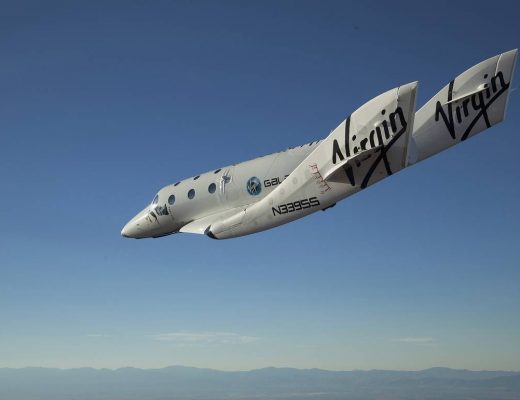The space industry is growing faster than the global economy
The space industry is developing at a tremendous pace. If just a few years ago flights to Earth’s orbit were something fantastic, now companies are selling tickets for commercial flights into space. Therefore, investments in this sector are becoming more and more attractive. According to analysts of Freedom Finance, it is necessary to invest in directions that will soon become extremely promising, such as suborbital flights and communication satellites.
Last fall, Nokia won a tender organized by NASA. It was to find a contractor to install cellular towers on the surface of the moon. This tender is part of a large-scale project “Artemis” for the development of the Earth’s satellite. The infrastructure for mobile communications is laid to provide communication with the lunar base. The term of these works is 8 years, and during 4 years a number of countries are planning to invest about 35 billion dollars in the project. The main share of this money will go to pay contractors who will organize the transport of people, communications, supplies and other issues. In addition to Nokia, the project involves other companies in a variety of areas, including cryogenics, IT and others.

Not surprisingly, such active space exploration is attracting more and more interest. The investment firm Morgan Stanley estimated the space services segment at $350 billion and Bank of America at $424 billion. Despite the different estimates, they agree that sales of services in this area will increase rapidly, and much more actively than the global economy. Within 10 years, the space industry could increase in value from $1.1 trillion to $1.4 trillion, an increase of 3 times or more. Investment in space tourism will increase approximately 9 times.
In spite of the fact that research on the Moon and possibilities of flights to it are actively conducted, this is not the most promising direction in the segment. Orbital technologies occupy a share of 80% of the space market. This includes the production of satellites, communication equipment, as well as their maintenance. The biggest among such companies is ViaSat from the USA, though its shares have fallen in price three times for the last year. The reason is the increase of competitors in the market and their success in new developments. The point is that approaches are changing and heavy and expensive communication satellites are considerably inferior to small nano-satellites which can weigh from 1 to 10 kg.
Summarizing the above, analysts emphasize that the space sector will only grow, and now you can think about investing in companies that represent it. Such investments will start giving their benefit in the nearest decade.










